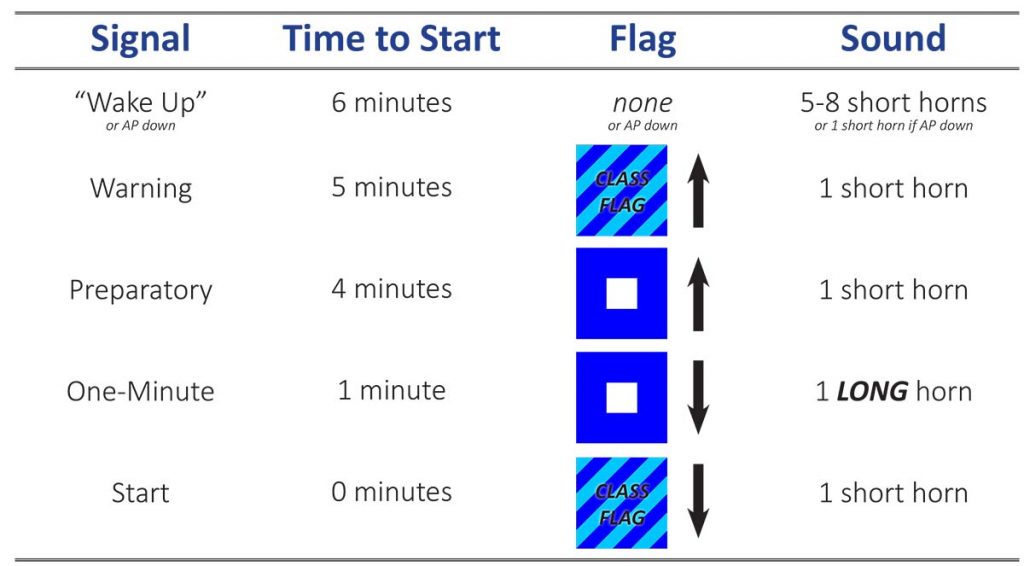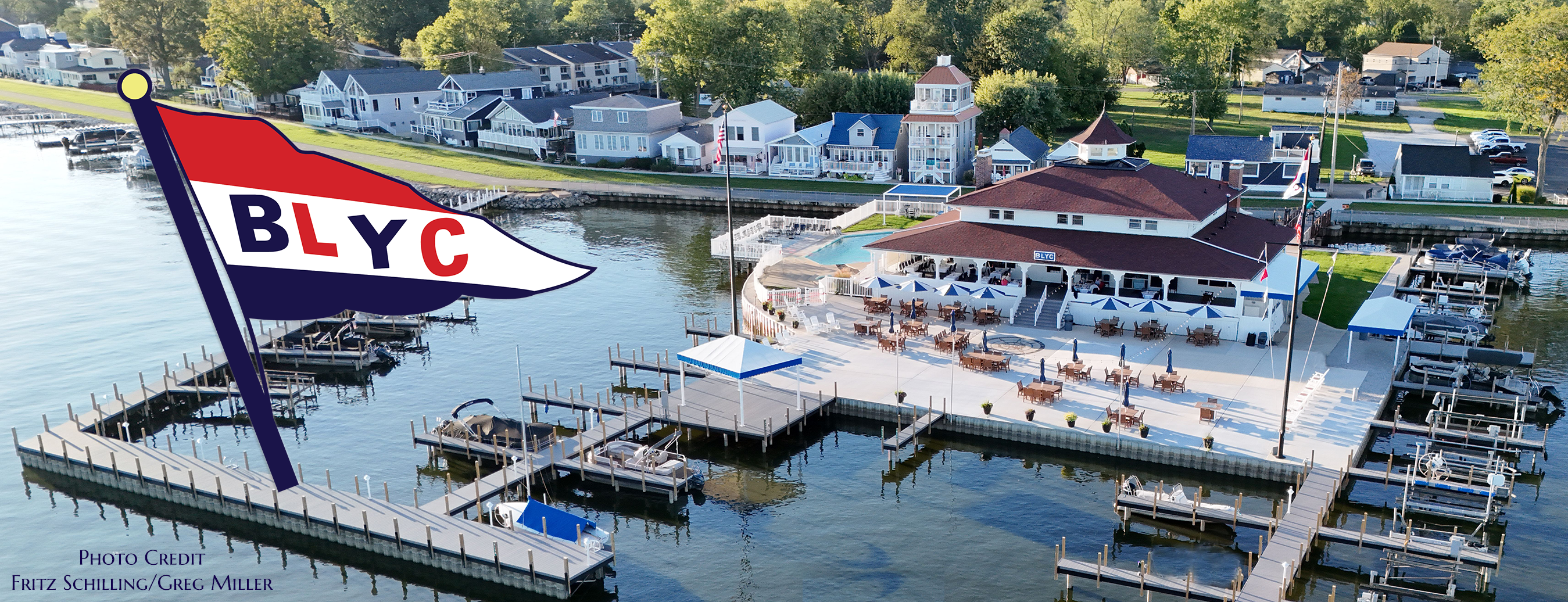Very often, when it comes to the Racing Rules of Sailing, we tend to focus most of our energy on the rules of Part 2 – “When Boats Meet.” After all, most of the on-water interactions that we have are with other boats. However, I will always contend that there’s really only one rule in Part 2 that you absolutely have to know – Rule 14 – “Avoiding Contact.” If you aren’t sure you’re right… don’t put yourself in a potentially bad situation. Even if you do know that you’re right… don’t put yourself in a bad situation.
The rules of Part 3 – “Conduct of a Race” are actually a lot more interesting. These are rules that, if you don’t understand them, you can very likely be disqualified from a race. They are pretty straightforward, but as with all of the rules in the RRS, they have their idiosyncrasies.
Over the next couple of months, I plan to explore these rules, one by one. They appear to only matter to the Race Committee, but the RC doesn’t get disqualified for not complying with them, boats do.
– Steve Harris, US Sailing National Race Officer
Rule 30 - Starting Penalties
Rule 30 now has 4 parts – 30-.1, 30.2, 30.3, and 30.4. The RRS calls them penalties. Although if you don’t follow them, there is a penalty, I think of them more as restrictions. As I mentioned in my last SLOG about recalls, I said that sailboat racing was unique compared to other sports in that if you don’t start correctly, you’re simply disqualified. Sailing, however, if you start early, you can correct… usually. That’s where these starting penalties come into play.
So, why do we have these “penalties?” Simply put, sometimes people don’t start properly. Particularly in a “high stakes” race, with a competitive fleet, people like to “push” the line. While it each boat’s responsibility to start properly, it is also the race committee’s responsibility to enforce that. With an aggressive fleet, this RC task is not always easy. The point of Rule #30 is to give the race committee tools that they can use to help control the line.
To start, we’ll discuss the most common one – Rule 30.1. Sometimes called the “Round the Ends Rule.”
30.1 - I Flag Rule
“If flag I has been displayed, and any part of a boat’s hull is on the course side of the starting line or one of its extensions during the last minute before her starting signal, she shall sail across an extension so that her hull is completely on the pre-start side before she starts.”

Remember: Just as with RRS 29, this rule changed slightly in 2021. It used to refer to any part of the boat’s hull, crew, or equipment. In order to clarify both the start and the finish, these definitions were changed to just the hull as it is easier to define and less potentially subjective.
If one looks at the definition of start and/or RRS 29, it talks about the start line – the definition of which we discussed in my last post. 30.1 adds the additional restriction of or one of its extensions. Extensions are just as they sound… the extension of the start line from both ends, ad infinitum.

In other words, if you are anywhere above the start line, you must comply with this rule

“…she shall sail across an extension so that her hull is completely on the pre-start side before she starts.”
Typically, if you are on the course side (OCS) at the starting signal, you can “dip start” to correct yourself as shown in the video below. The only requirement is that your hull is “completely on the pre-start side” prior to starting.
However, 30.1 adds a restriction that prevents you from doing this. As show in the video below, you must “… sail across an extension..” until you are you completely on the pre-start side before starting.
This is often called the “round the ends rule” as, essentially you will sail around one of the ends of the line – either the signal boat or the pin. Once completely on the pre-start side, you can start through the line as normal.
The effect is simple – it discourages boats from starting aggressively in the middle of the starting line. As the RC’s line sighters are typically at one or both ends, it makes it much easier to watch and keep track of boats that are OCS. Generally, it works pretty well. The penalty is graduated – it is much more severe for boats that are OCS near the middle of the line than it is for those nearer the ends.
How is it signaled? In the standard starting sequence, Code Flag P is used as the preparatory signal. (If you need to review the starting sequence, review this post from last winter). When RRS 30.1 is invoked, Code Flag P is replaced with Code Flag I. It will go up at 4 minutes (preparatory signal) and down at 1 minute.
“…any part of a boat’s hull is on the course side of the starting line or one of its extensions during the last minute before her starting signal…”
During the last minute… up until the last minute, you can still sail above the line without penalty. RRS 30.1 “turns on” in that final minute.
Ever wonder why there is a “one-minute” signal in the starting sequence? This is it.

If you notice, the “one-minute” signal is also different than the others in that it’s a long sound. Why?… to draw your attention to it. All of the variations of RRS 30 go into effect “during the last minute“ (There are also other rules that go into effect at this same time… we’ll save that for a later SLOG)
